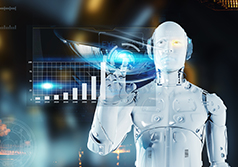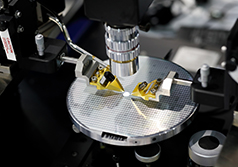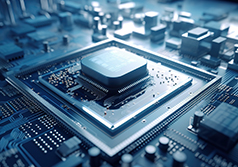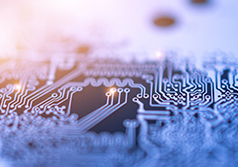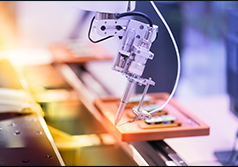The Pivotal Role of Electronic Components in IoT Devices Abstract:
Abstract:
Introduction to the Background and Development of IoT
The Internet of Things (IoT) refers to a network that connects and shares information through the internet, linking sensors, devices, systems, and humans. With IoT applications proliferating in smart homes, industrial automation, healthcare, and more, electronic components serve as the foundation for realizing this technological vision.
The Pivotal Role of Electronic Components in IoT Devices
(a) Sensors: Sensors are the core of IoT devices, converting physical or chemical changes in the environment into electrical signals. Photoelectric sensors, temperature sensors, accelerometers, and other sensor components enable devices to perceive and gather data about their surroundings, providing the foundation for intelligent decision-making.(b) Microprocessors and Microcontrollers: Microprocessors and microcontrollers serve as the brains of IoT devices, responsible for data processing and decision-making. Integrated within devices, they execute predefined algorithms and logic, transforming data from sensors into practical operations, achieving the device's intelligent functionalities.
(c) Communication Modules: IoT devices require real-time communication with other devices or cloud platforms to transmit data and receive commands. Communication modules such as Wi-Fi, Bluetooth, NFC act as bridges, enabling effective information exchange between devices and cloud platforms.
(d) Storage: Memory components are responsible for storing device configuration information, historical data, and software programs. This ensures that devices can continue functioning in offline or disconnected states, providing data persistence.
Application Cases of Electronic Components in IoT Devices
(a) Smart Homes: Electronic components play a crucial role in smart homes by using sensors to monitor the environment and control home devices, achieving automated lighting, temperature control, security, and more.(b) Industrial Automation: In the industrial sector, IoT devices integrate various electronic components to enable remote monitoring, predictive maintenance, and optimization of production processes.
(c) Healthcare: Electronic components, such as biosensors and vital sign monitoring devices, find application in healthcare for remote health monitoring and intelligent medical devices, enhancing the quality and efficiency of medical services.
Future Outlook
As IoT technology continues to evolve, the innovation and progress of electronic components will further enhance the performance of IoT devices. The advent of next-generation sensors, more powerful processors, and more efficient communication technologies will open up broader avenues for the development of IoT applications, bringing greater convenience and intelligent experiences to people's lives and work.
Conclusion:
Subscribe to Us !
Related Parts More
-
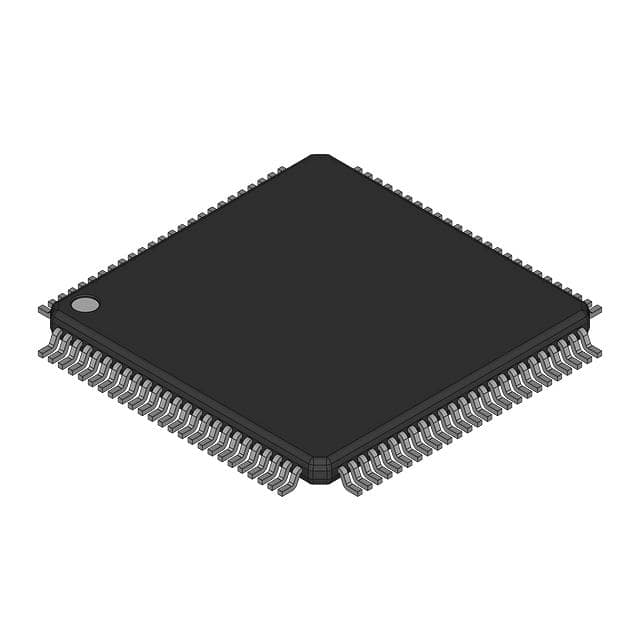 LV71081E-MPB-E
LV71081E-MPB-Eonsemi
-
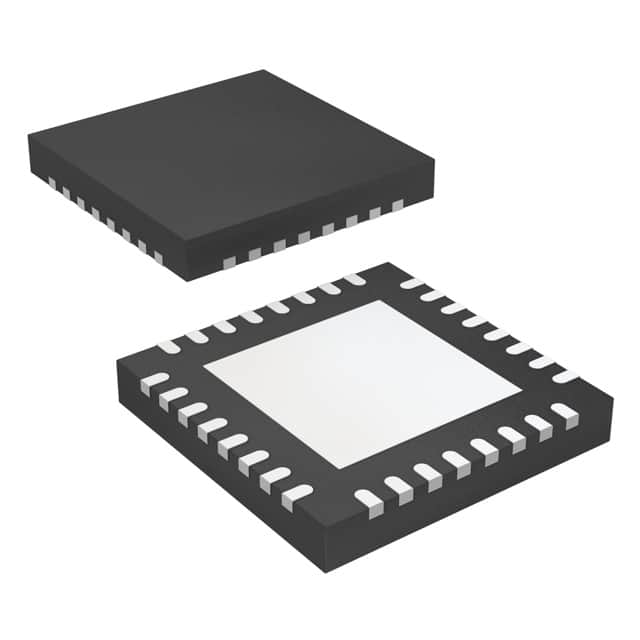 LMK00334RTVRQ1
LMK00334RTVRQ1Texas Instruments
-
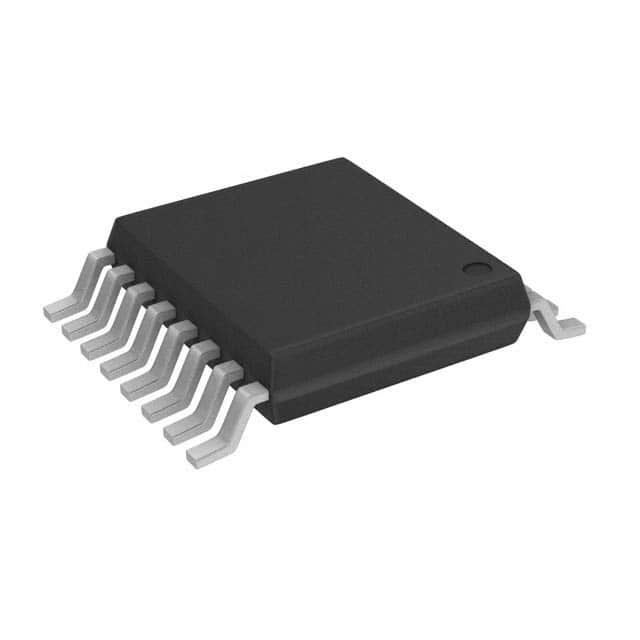 PI6C557-03LEX
PI6C557-03LEXDiodes Incorporated
-
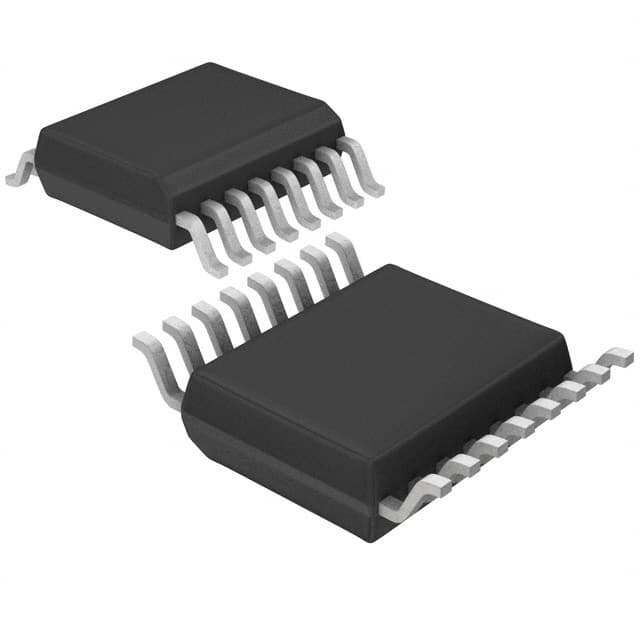 PCM1753DBQR
PCM1753DBQRTexas Instruments
-
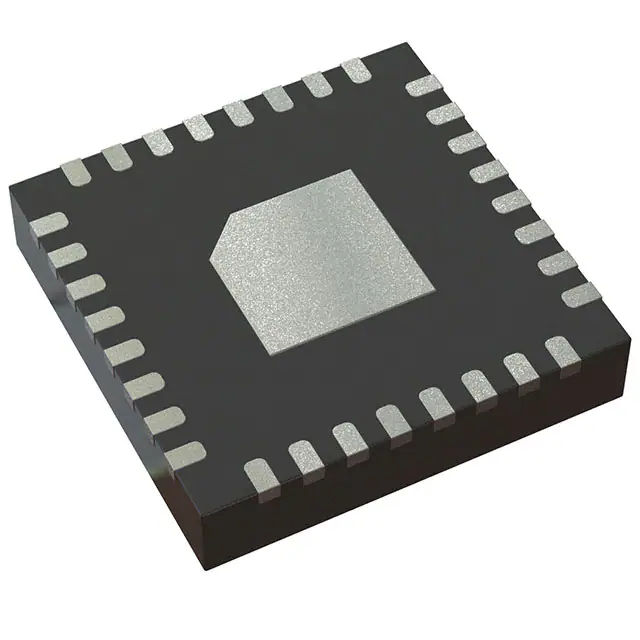 ADS1204IRHBT
ADS1204IRHBTTexas Instruments
-
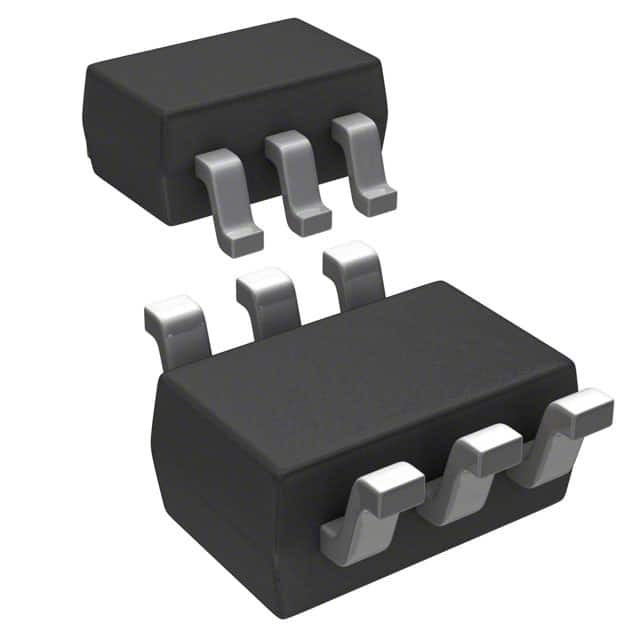 MCP4018T-104E/LT
MCP4018T-104E/LTMicrochip Technology
-
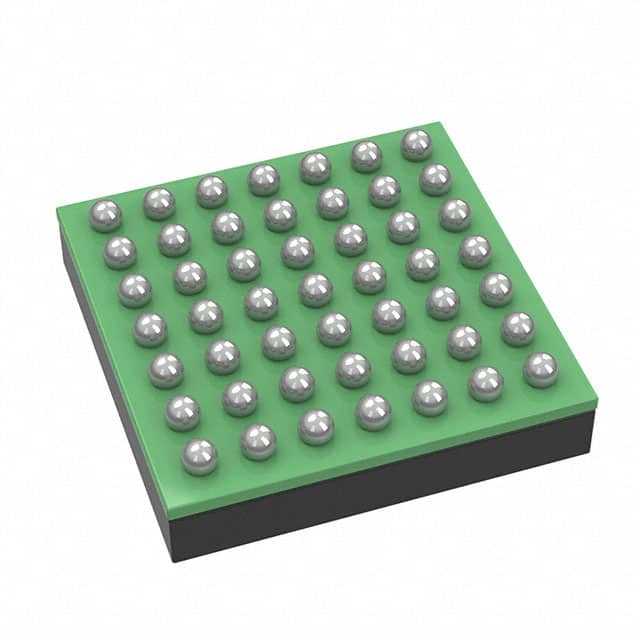 T4F49C2
T4F49C2Efinix, Inc.
-
.jpg) A40MX02-PLG44
A40MX02-PLG44Microchip Technology
-
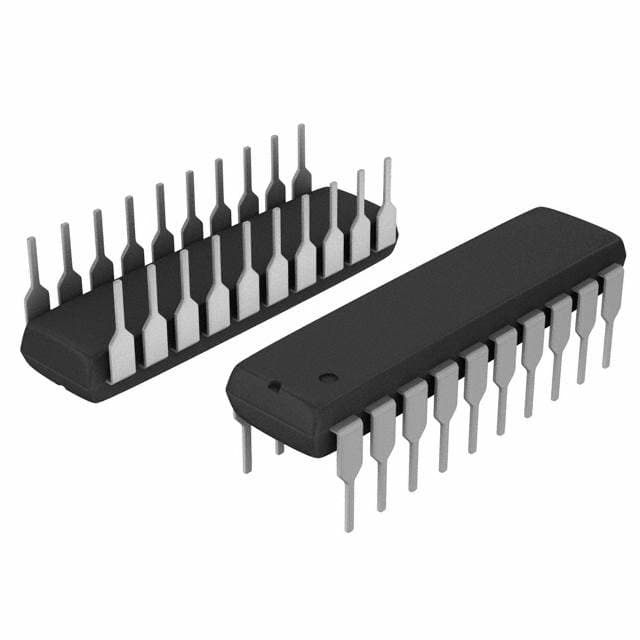 ATF16V8C-7PU
ATF16V8C-7PUMicrochip Technology
-
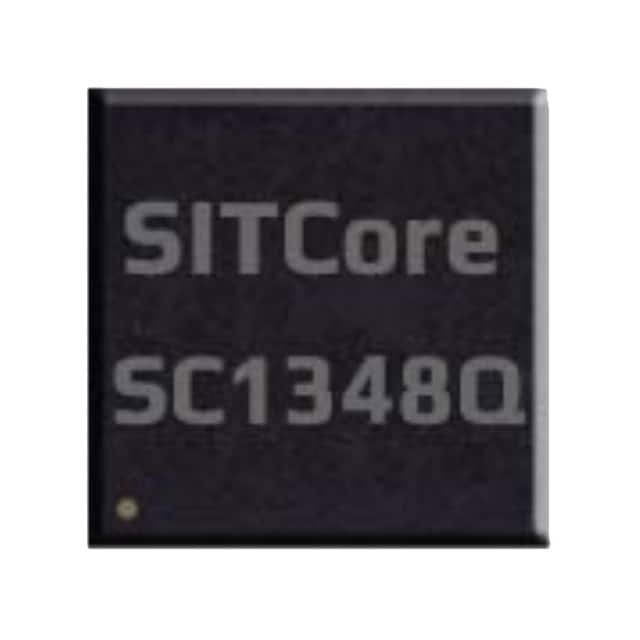 SC-13048Q-A
SC-13048Q-AGHI Electronics, LLC


